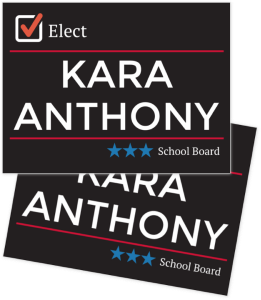Introduction
Embarking on a political campaign can be a daunting task, but with a well-structured plan, you can navigate the process with confidence. Whether you’re running for a local office or aiming for a seat at the national level, a thoughtful and organized approach is essential. In this guide, we’ll break down the planning process into five simple steps to help you build a solid foundation for a successful political campaign.
1. Define Your Purpose and Goals
Before diving into the intricacies of a political campaign, take the time to clearly define your purpose and set achievable goals. Ask yourself:
– Why are you running for office?
– What positive change do you hope to bring to your community or constituency?
– What specific goals do you want to achieve during your campaign and if elected?
This initial step serves as the compass for your campaign, guiding your messaging and strategy throughout the entire process.
2. Know Your Audience
Understanding your target audience is fundamental to a successful campaign. Consider:
– Who are the voters in your constituency?
– What are their primary concerns and priorities?
– How can your platform resonate with their needs?
Conduct surveys, hold town hall meetings, and engage with community leaders to gain insights into the issues that matter most to your constituents. Tailor your campaign message to address these concerns directly. Using Proximity, you can do all this from the Contacts tab, including importing contacts and public voter data, messaging voters, and tracking interactions.
3. Build a Strong Political Campaign Team
No successful campaign is a one-person show. Assemble a dedicated and diverse team that complements your skills and fills in the gaps. Your team should include individuals with expertise in:
– Campaign management
– Communications and public relations
– Social media and digital marketing
– Fundraising
– Field operations (canvassing, phone banking, etc.)
Establish clear roles and responsibilities for each team member, fostering a collaborative environment where everyone is working towards the shared goal of your campaign.
4. Craft Your Message and Develop a Brand
Your campaign message is the heart of your candidacy. Develop a clear, concise, and compelling message that resonates with your audience. Consider the following:
– What are the key issues you want to address?
– What values and qualities set you apart from other candidates?
– How can you communicate your message effectively across various platforms?
Your campaign should also have a distinct brand that includes a memorable logo, color scheme, and consistent messaging. This brand will help create a cohesive and recognizable identity for your campaign.
5. Create a Comprehensive Campaign Plan
With your purpose, audience knowledge, team, and message in place, it’s time to create a detailed campaign plan. This plan should encompass:
– Timeline: Outline key milestones and deadlines leading up to the election day.
– Budget: Detail your fundraising goals, anticipated expenses, and allocation of funds.
– Campaign Calendar: Schedule events, fundraisers, town hall meetings, and other activities.
– Media and Outreach Strategy: Identify the channels through which you’ll reach your audience, including traditional media, social media, and in-person events.
Regularly review and update your campaign plan as needed, adapting to changing circumstances and staying flexible in response to unforeseen challenges.
The best news: Proximity enables all this to be done in one place! The Setup and Strategy, Finance, and Calendaring systems create a seamless experience.
Conclusion
Planning a political campaign may seem like a complex task, but by breaking it down into these five simple steps, you can approach the process with clarity and purpose. Remember, a well-organized campaign is built on a foundation of a clear vision, audience understanding, a capable team, a compelling message, and a comprehensive plan. By following these steps, you’ll be better positioned to connect with voters, communicate your vision effectively, and ultimately, run a successful political campaign.

